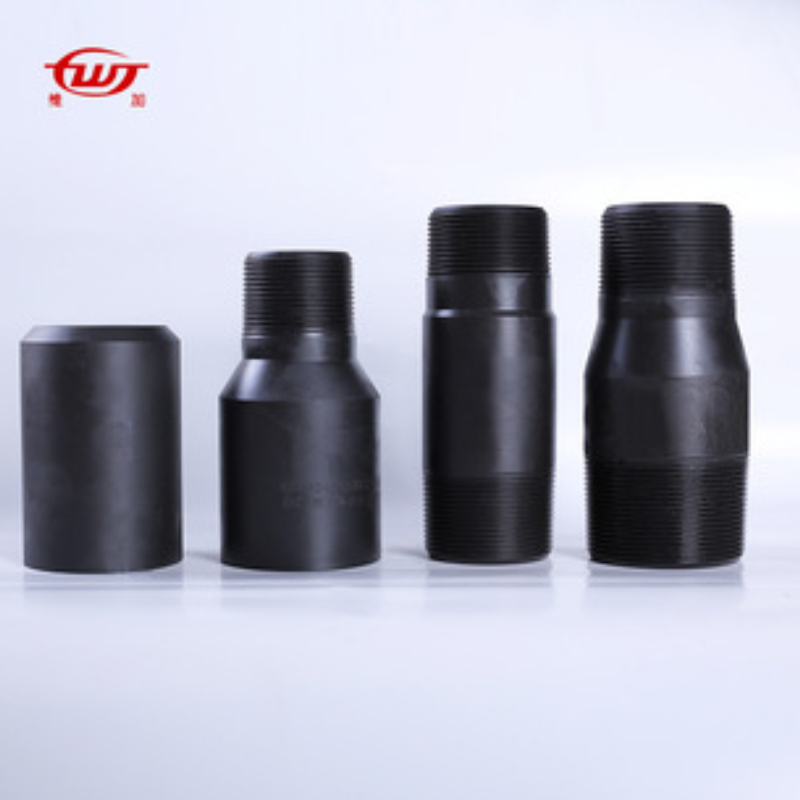- Afrikaans
- Albanian
- Amharic
- Arabic
- Armenian
- Azerbaijani
- Basque
- Belarusian
- Bengali
- Bosnian
- Bulgarian
- Catalan
- Cebuano
- Corsican
- Croatian
- Czech
- Danish
- Dutch
- English
- Esperanto
- Estonian
- Finnish
- French
- Frisian
- Galician
- Georgian
- German
- Greek
- Gujarati
- Haitian Creole
- hausa
- hawaiian
- Hebrew
- Hindi
- Miao
- Hungarian
- Icelandic
- igbo
- Indonesian
- irish
- Italian
- Japanese
- Javanese
- Kannada
- kazakh
- Khmer
- Rwandese
- Korean
- Kurdish
- Kyrgyz
- Lao
- Latin
- Latvian
- Lithuanian
- Luxembourgish
- Macedonian
- Malgashi
- Malay
- Malayalam
- Maltese
- Maori
- Marathi
- Mongolian
- Myanmar
- Nepali
- Norwegian
- Norwegian
- Occitan
- Pashto
- Persian
- Polish
- Portuguese
- Punjabi
- Romanian
- Russian
- Samoan
- Scottish Gaelic
- Serbian
- Sesotho
- Shona
- Sindhi
- Sinhala
- Slovak
- Slovenian
- Somali
- Spanish
- Sundanese
- Swahili
- Swedish
- Tagalog
- Tajik
- Tamil
- Tatar
- Telugu
- Thai
- Turkish
- Turkmen
- Ukrainian
- Urdu
- Uighur
- Uzbek
- Vietnamese
- Welsh
- Bantu
- Yiddish
- Yoruba
- Zulu
coupling for tubing
Understanding Coupling for Tubing An Essential Component in Oil and Gas Operations
In the oil and gas industry, tubing is a vital component of production operations, serving as the conduit that transports hydrocarbons from the reservoir to the surface. A critical element in ensuring the integrity and efficiency of tubing systems is the coupling. Couplings provide the joints that connect sections of tubing and are essential for maintaining the strength and reliability of these connections under high-pressure and high-temperature conditions encountered during hydrocarbon extraction.
What is a Coupling?
A coupling is a mechanical connector used to join two pieces of tubing together without altering or deforming the tubing itself. It is typically made from materials that are resistant to the harsh conditions found in oil and gas environments, such as carbon steel, stainless steel, or nickel-based alloys. The design of the coupling is crucial, as it must not only create a robust connection but also accommodate the thermal expansion and contraction of the tubing that occurs during operation.
Types of Couplings
There are several types of couplings used in tubing applications, each suited for different conditions and requirements. These include
1. Welded Couplings These involve welding the tubing sections together at the joint, which creates a permanent bond. While strong, welded couplings can be difficult to disassemble, making them less favorable for operations that require frequent maintenance.
2. Threaded Couplings Threaded couplings are perhaps the most common type used in the industry. They feature internal or external threads that allow two pieces of tubing to be screwed together, making it easier to install and remove. This is particularly useful in well-maintenance scenarios where operators need to replace sections of tubing.
coupling for tubing

3. Compression Couplings These couplings utilize a combination of mechanical pressure and friction to secure the connection between tubing sections. Compression fittings can accommodate slight variations in pipe dimensions, which is advantageous in accommodating different tubing thicknesses.
Materials and Strength Considerations
Choosing the right material for couplings is essential to ensure they can withstand the extreme pressures and corrosive environments typically found in oil and gas extraction. Factors such as tensile strength, impact resistance, and corrosion resistance must be considered during the design and manufacturing process. Additionally, the threading and surface finish of the coupling play significant roles in determining how well the connection can withstand the forces acting on it during operation.
Installation and Maintenance
Proper installation of couplings is key to preventing leaks and failures in the tubing system. This process requires careful attention to detail, following the manufacturer’s guidelines closely to ensure that the connections are secure and leak-free. Regular maintenance checks are also essential to identify any wear or degradation in the couplings, allowing for timely replacements before failures occur.
Conclusion
In summary, couplings for tubing play a pivotal role in the oil and gas industry, ensuring that production operations run smoothly and safely. By understanding the various types of couplings, their materials, and the significance of proper installation and maintenance, industry professionals can enhance the efficiency and reliability of their tubing systems. As the industry continues to evolve, so too will the technology surrounding couplings, further improving their performance and durability in the field.
-
Tubing Pup Joints: Essential Components for Oil and Gas OperationsNewsJul.10,2025
-
Pup Joints: Essential Components for Reliable Drilling OperationsNewsJul.10,2025
-
Pipe Couplings: Connecting Your World EfficientlyNewsJul.10,2025
-
Mastering Oilfield Operations with Quality Tubing and CasingNewsJul.10,2025
-
High-Quality Casing Couplings for Every NeedNewsJul.10,2025
-
Boost Your Drilling Efficiency with Premium Crossover Tools & Seating NipplesNewsJul.10,2025







